Roughly half of Japan’s Eagles are F-15MJs which have received an uneven succession of upgrades, including more powerful APG-63(V)1 radars, Link-16 datalinks interoperable with U.S. military units, and upgraded F100-PW-220 turbofans with digital engine controls.
Some have also received Infrared-Red Search and Track (IRST) system pods nestled on the nose and interfaces for Helmeted Mounted Sights compatible with AAM-5 missile, basically the Japanese equivalent to the AIM-9X Sidewinder. The AAM-5s boast vector-thrust engines allowing them to pull of tight maneuvers and can lock-on after launch if necessary. Though shorter-range than radar, an IRST is more discrete and may be particularly useful versus
stealth fighters like China’s new J-20s.
The other hundred Eagles are early-production F-15SJs which have not received any upgrades. Though still fast and heavy-hauling, a lack of modernized sensors, weapons systems and defensive avionics leave F-15SJs deficient in situational awareness and attack range compared to China’s
latest jet fighters. For example, for beyond-visual-range engagement, the F-15SJs must use old AIM-7F Sparrow missiles which require the launching aircraft continuously illuminate its target right up to the moment of impact instead of fire-and-forget AAM-4s.

 .
.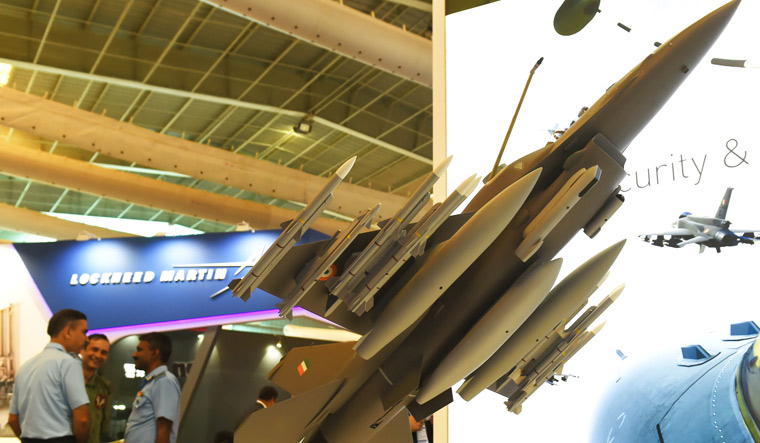
 . Menee Rafalenkin edelle kauneudessa ja tuolla 10 AMRAAM + 2 AIM-9X aseistuksella melkoinen ohjuslinko.
. Menee Rafalenkin edelle kauneudessa ja tuolla 10 AMRAAM + 2 AIM-9X aseistuksella melkoinen ohjuslinko. 


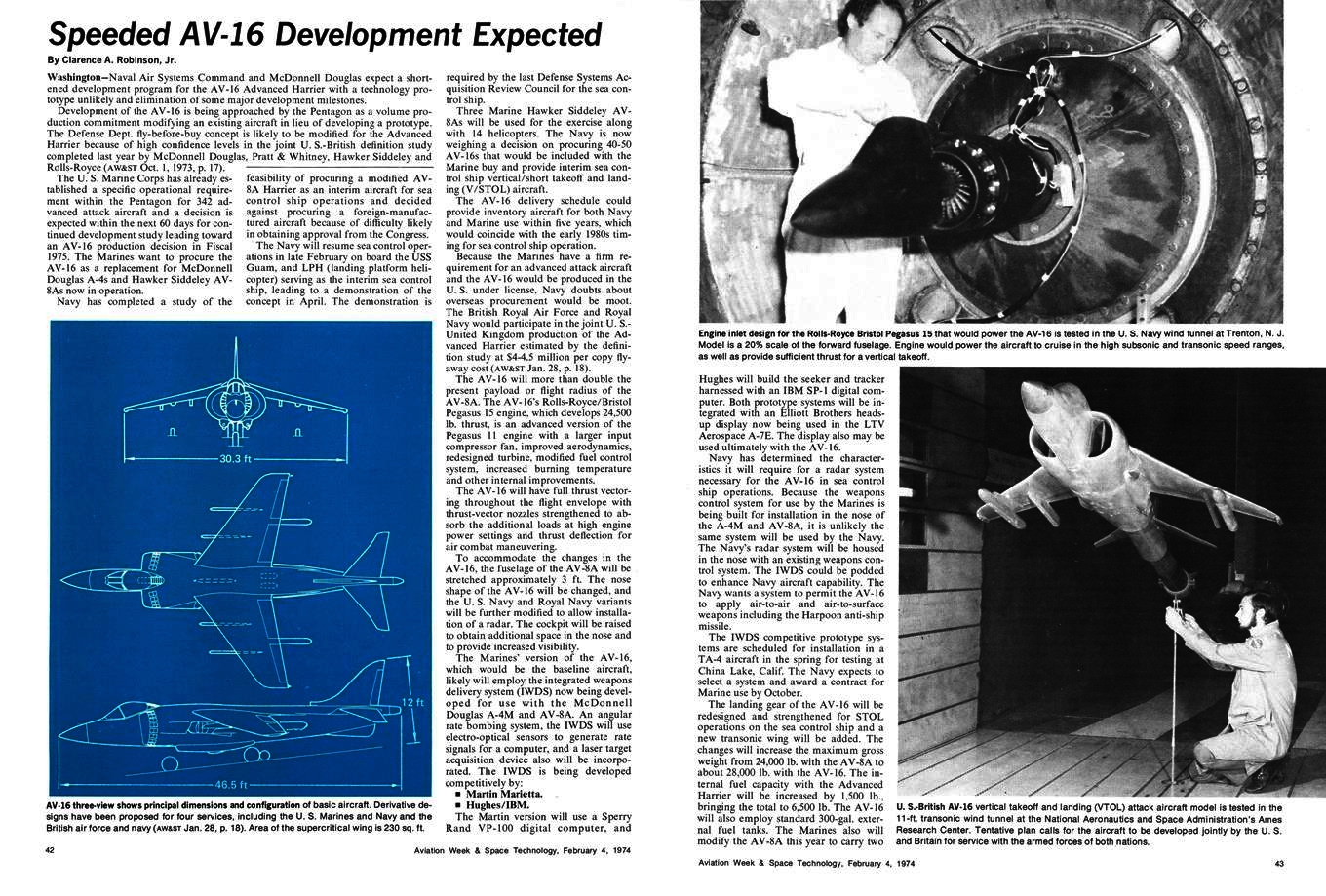
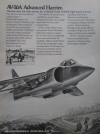
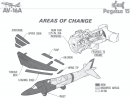

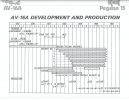
 .
.